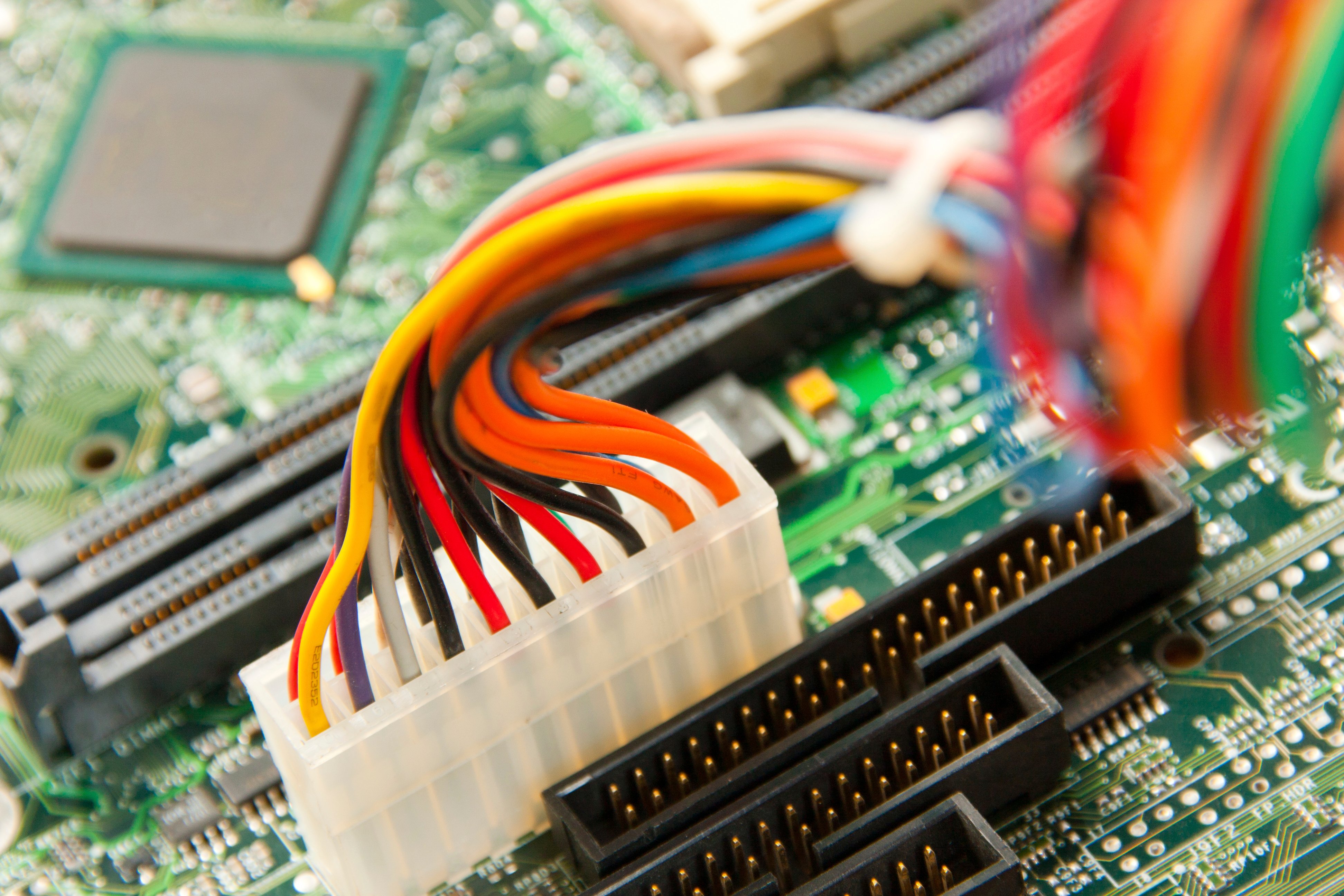 For Tyco Electronics, the world's largest supplier of automotive electronic components, conventional cleaning processes for its injection molding equipment were cutting into vital production time.
For Tyco Electronics, the world's largest supplier of automotive electronic components, conventional cleaning processes for its injection molding equipment were cutting into vital production time.
Keeping mold cavities clean is a major concern for metal, rubber and plastic product manufacturers in maintaining high quality standards and ensuring maximum productivity. The buildup of unwanted surface residue can create serious problems with product quality and can damage manufacturing equipment.
Many injection molding companies still clean their equipment by hand, opting to maintain and clean molds with wire brushes and wheels, sandpaper, and chemical cleaners.
These methods are time prohibitive and dangerous to employees because they require employees to work in close proximity to hot metal surfaces and with potentially harmful solvents.
Other companies have tried abrasive media blasting such as sand, beads, and Teflon. These methods can be messy and have a significant impact on production time.
Among the many drawbacks of sand blasting:
-
It requires cleaning crews to remove the hot molds from the mold presses and transport the equipment to a completely contained area in order to reduce the chance that the blasted sand will get into any of the other machine parts.
-
Once cleaned, the molds need to be recoated, reassembled in the presses, and reheated before production can be restarted.
-
The process can take a cleaning crew an entire work shift or longer to complete.
-
Sand blasting is an abrasive process that can dull molds and wear down equipment over time.
Molds are perhaps the most important and expensive investments that molded metal, rubber, and plastics manufacturers make in their business.
Reducing any risk of damage to the equipment is critical to ensuring the quality of the end product and protecting their investments.
Conventional cleaning methods impact the bottom line by reducing production time and increasing maintenance costs related to labor, materials and secondary waste disposal.

For a Tyco Electronics plant in Belgium, molds must be cleaned once every 48 hours. Plastic material builds up on the molds during manufacturing, making the molds dirty and blocking the molds’ small vents. When the vents are clogged, the material cannot outgas, which results in burn marks on the molded parts.
To clean the molds, Tyco Electronics has tried a number of cleaning methods, including ultrasonic, Teflon blasting, solvents, and hand scraping. Not only were these methods time consuming, but they also presented substantial risks to both equipment and people, requiring long periods of production stoppage.
“Our conventional cleaning process was in some cases simply taking too much time and requiring too much effort. The molds are vital to our business, and the fact that we had to remove them and transport them around the plant places them at risk of being damaged. To protect the molds and improve our productivity, we recognized that we needed a better cleaning solution.”
- Jan Schotte, Process Technology – Plastics, Tyco Electronics Belgium EC N.V., Global Automotive Division
Following a lean evaluation, Tyco Electronics discovered dry ice blasting, which could significantly improve its maintenance procedures.
Dry ice blasting uses recycled carbon dioxide (CO2) in the form of solid dry ice particles that are accelerated through high-velocity nozzles to impinge upon the surface being cleaned. The combination of the kinetic energy and thermal gradient effects of the dry ice breaks the bond between the residue and the surface. The residue falls away from the surface and is easily disposed of. The dry ice particles sublimate on impact, eliminating the added cost and inconvenience of secondary waste treatment and disposal, as well as any downstream contamination.
Dry ice blasting:
-
Is non-abrasive and will not damage equipment
-
Is non-flammable and water-free
-
Produces no secondary waste
-
Is environmentally responsible, safe and non-toxic
The combination of noise restrictions, as well as the size of the small cavities in Tyco Electronics’ molds made dry ice blasting an ideal solution for the parts manufacturer.
Learn more about how dry ice blasting works
Dry ice blasting delivered results
1) Cleans in a fraction of the time of conventional methods
As a dry process that is non-conductive, dry ice blasting enables cleaning while equipment is still hot and on-line, saving significant time waiting for machines to cool down and eliminating the need to disassemble and move the machinery.
Cleaning time for one of Tyco's molds was reduced from 6 - 12 hours with conventional methods to less than one hour.
2) Reduces risks to people and equipment
The ability to clean equipment on-line reduces the risks of harming employees who typically would have to move the hot equipment, and it eliminates exposure to dangerous chemical cleaning agents.
Dry ice blasting is also non-abrasive so it does not damage expensive molds.
3) Requires a much smaller cleaning crew
Dry ice blasting is user-friendly and requires fewer employees to operate. It is possible to clean a mold with only one operator as opposed to the crew of workers that conventional methods often demand.
4) Environmentally responsible
Dry ice blasting is an environmentally responsible cleaning solution that does not use harmful chemicals, produce any secondary waste, or create downstream contamination.
Dry ice blasting is helping manufacturers like Tyco Electronics to become more efficient by supporting their lean manufacturing initiatives, reducing cleaning costs and times by eliminating unnecessary steps in the cleaning process and increasing productivity.
.png) English
English